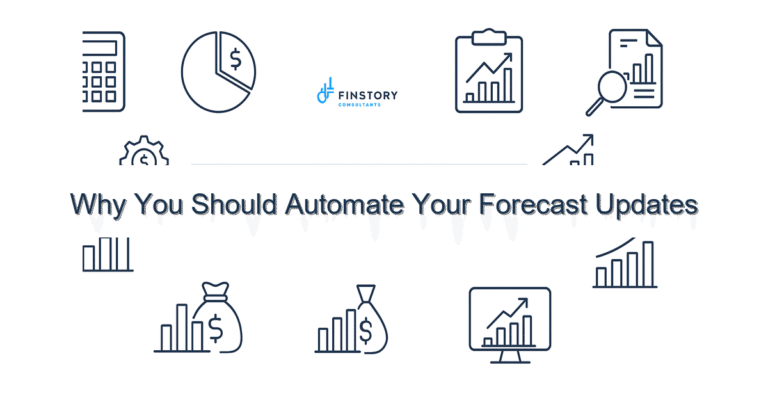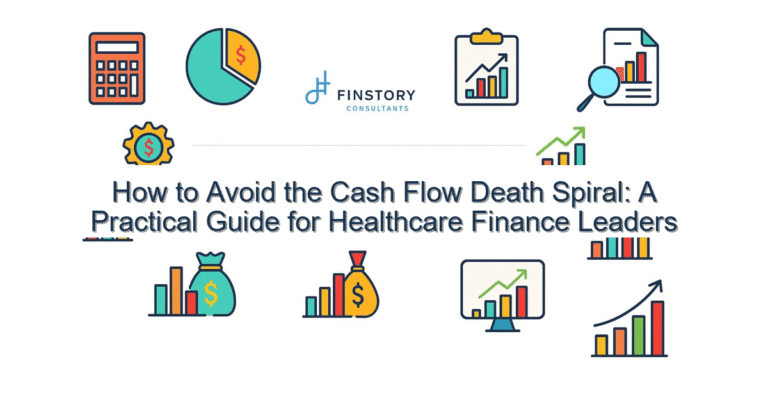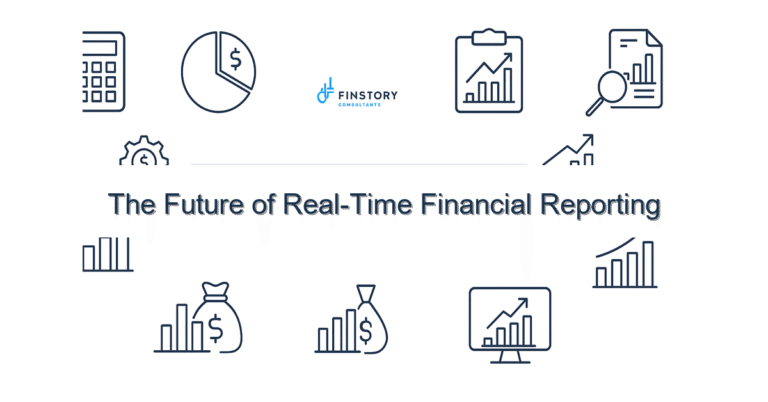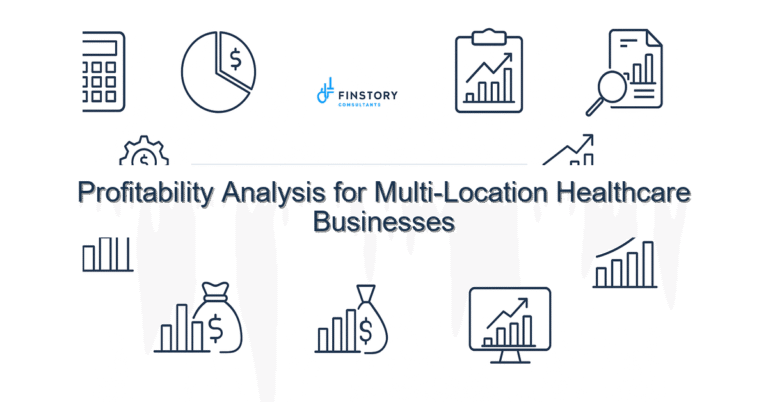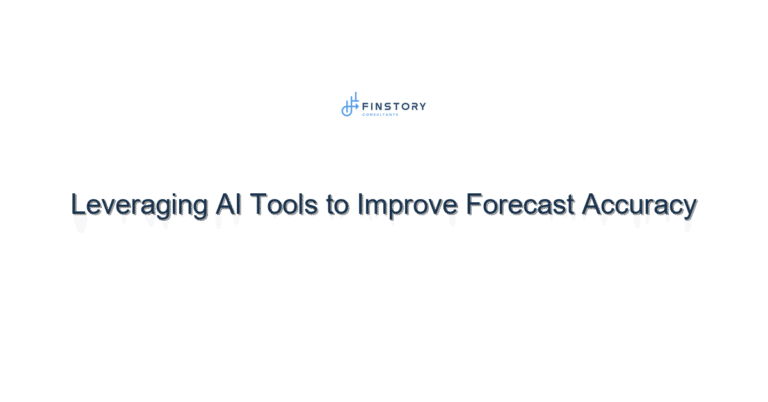How to Price Services for Maximum Profitability
Pricing services isn’t as simple as slapping a number on your offer and hoping it sticks. Underprice it — and you’re burning out for peanuts. Overprice it — and you risk scaring clients away.
The goal? Strategic pricing that maximizes profit without compromising value.
Why Pricing Services Is Tricky
Unlike products, services are intangible, often customized, and tied to human effort — which makes pricing a blend of math, psychology, and positioning.
Too many service-based businesses price based on what competitors charge, what “feels fair,” or worse — what they think the client can afford.
That’s a fast track to stress and razor-thin margins.
3 Proven Pricing Models (and When to Use Them)
1. Hourly Pricing
You charge per hour worked.
Best for: New businesses, consulting, or tasks with unpredictable scopes.
Watch out for:
- Capped income potential
- Incentivizing slower work
- Clients focusing on time, not outcomes
2. Project-Based Pricing
A fixed price for a defined scope.
Best for: Design, copywriting, development, or strategy work.
Benefits:
- Predictable revenue
- Incentivizes efficiency
- Clients know what they’re paying
Tip: Price based on value delivered, not hours estimated.
3. Value-Based Pricing
Price reflects the ROI your service provides — not just time or deliverables.
Best for: High-impact services like strategy, transformation, or marketing with measurable outcomes.
Example:
If your marketing campaign could add $100k in revenue, charging $10k–$15k feels fair — even if it only takes you a week.
Real-World Example: Design Studio
A boutique design studio was charging $80/hour for branding work. Clients loved the outcome but questioned the final bill.
After shifting to package-based pricing ($3,000 per brand identity), they:
- Reduced client friction
- Streamlined scope
- Increased margins (they now deliver faster)
Hypothetical Scenario: Business Consultant
A consultant helped a client save $200,000 by streamlining operations.
Instead of billing $150/hour (and making $6,000), they tested value-based pricing on the next project — charging $20,000 flat. The client was thrilled, and the consultant 3x’d their income.
Tips to Price for Maximum Profitability
💡 Know your true cost per hour
Factor in admin time, marketing, software, taxes — not just client-facing work.
💡 Set a minimum viable rate
This is the lowest you can charge without losing money.
💡 Offer tiered packages
Let clients self-select based on budget and scope.
💡 Build in margin
Don’t just break even. Aim for 30–50% gross margin on services.
💡 Review your pricing annually
Costs rise. So should your rates.
Where a Virtual CFO Can Help
A Virtual CFO can:
- Analyze your cost structure and profitability
- Model different pricing scenarios
- Help you track margins per service type
- Guide you on pricing tiers or retainer structures
Think of it like pricing with X-ray vision — you’re not guessing, you’re making data-backed decisions.
Final Thought
You don’t need to be the cheapest to win — you need to be the most aligned with value.
The right pricing model can mean the difference between a six-figure hustle and a seven-figure business.
If pricing stresses you out, it’s time to shift from reactive to strategic. And if you’re not sure where to start — bring in someone who is.

